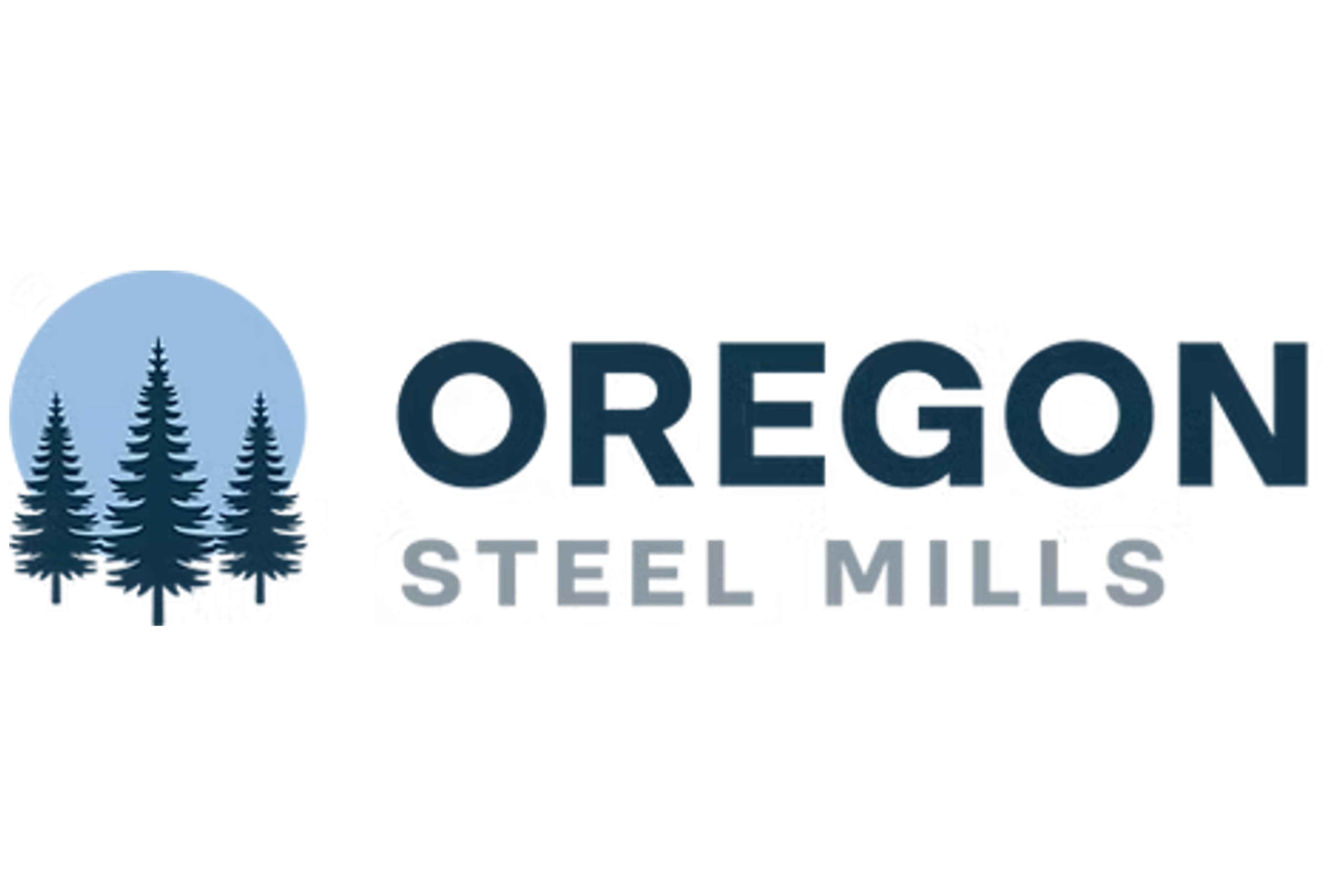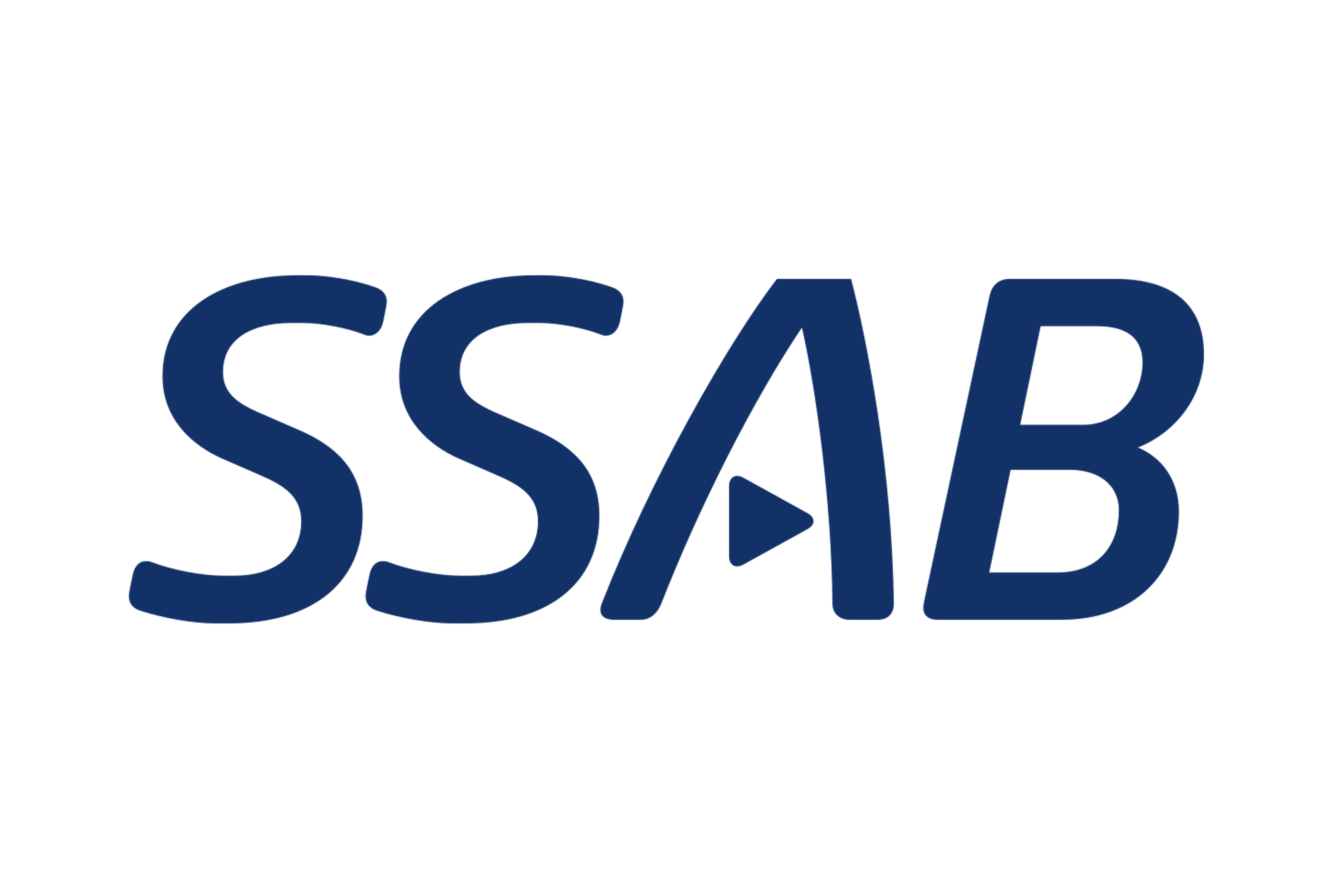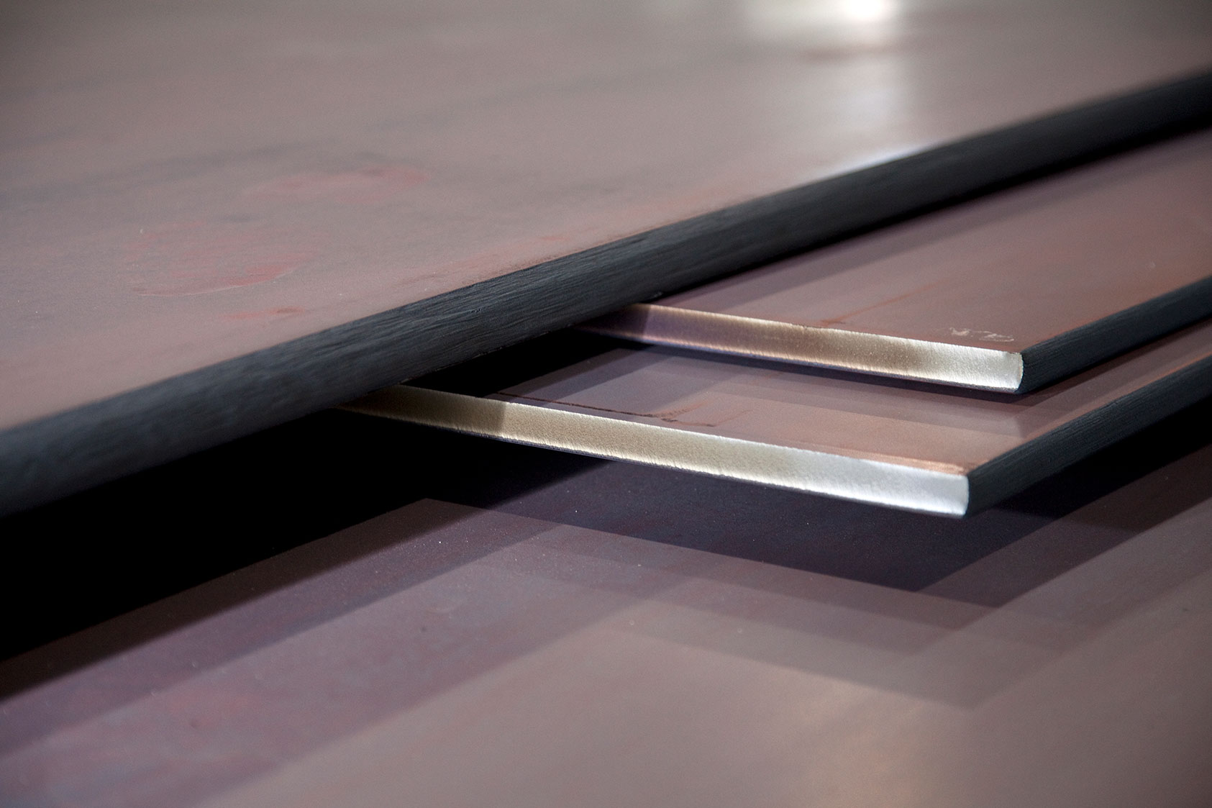Prices

November 20, 2018
Zinc’s Price Climbs on Fall in Live LME Warrants
Written by Tim Triplett
By the CRU Zinc Analysis Team
After reaching a 3-month high above $2,700/t on Oct. 24, zinc’s price shed $200/t in a matter of days as a tech stock rout caused shares to plunge in Asia and the USA, compounded by concerns over the outlook for global trade and economic growth. The tide briefly turned for zinc’s price on news of constructive trade talks between the USA and China, which caused the dollar to weaken markedly and it recovered to the high $2,500s, but profit-taking quickly reversed its fortunes with losses of almost $100/t on Nov. 5. With little support from the Chinese market since the closing of the import arb (zinc’s price was lifted by the positive arb in October), zinc’s price retreated below $2,500/t in recent days, despite the ongoing drawdown of LME stocks. The strong negative correlation between TCs and zinc’s price, which started in 2015, is still in evidence and goes some way to explaining the downward pressure zinc has been under even as LME stocks fell to a 10-year low.
Although we expect zinc’s price to decline from 2019 Q2 onwards as the metal market begins to return to balance, there is potential for a short-term uptick in prices until improving concentrate availability feeds through to increased smelter output, and fresh LME warrant cancellations have given zinc’s price a boost at the time of this writing. LME base metals are up across the board, but zinc’s price has gained almost 4 percent in early trading, lifting it back to the mid-$2,600s.
The LME’s commitments of traders’ data show that overall non-risk-reducing net longs increased in late September and early October, with a resurgence in investor fund interest and a sharp reduction in commercial net shorts. However, investor interest fell sharply in the last five months; by the first week of November net longs were 32,000 lots (800,000t), compared to almost 80,000 lots (2Mt) in mid-June.
The Chinese market is still looking relatively tight and even though the ShFE cash price has lost over rmb2,000/t ($300/t) in the past month, the cash to 3-month spread was still trading at a backwardation of rmb525/t ($76/t) on Nov. 14, down from rmb1,815/t ($260/t) in mid-October. In recent days, the premium to the ShFE cash price in the physical market rose to rmb200/t ($29/t), while the discount in the southern market narrowed to rmb40/t ($6/t), reflecting the fall in stocks in warehouses we follow. Meanwhile, the ShFE/LME arb turned marginally positive for a few days in early November, but this was due to the sharp $100/t fall in the LME price on Nov. 5. The import arb remains marginally positive basis China’s eastern physical market price and LME cash. Although stocks in the Chinese market remain low, we believe that the worst of this year’s tightness has now passed. Demand will slow as China enters the winter heating season, and some smelters have already lifted utilization rates, so even if smelters hold back metal due to low prices it will quickly become available to the market when prices pick up again.






